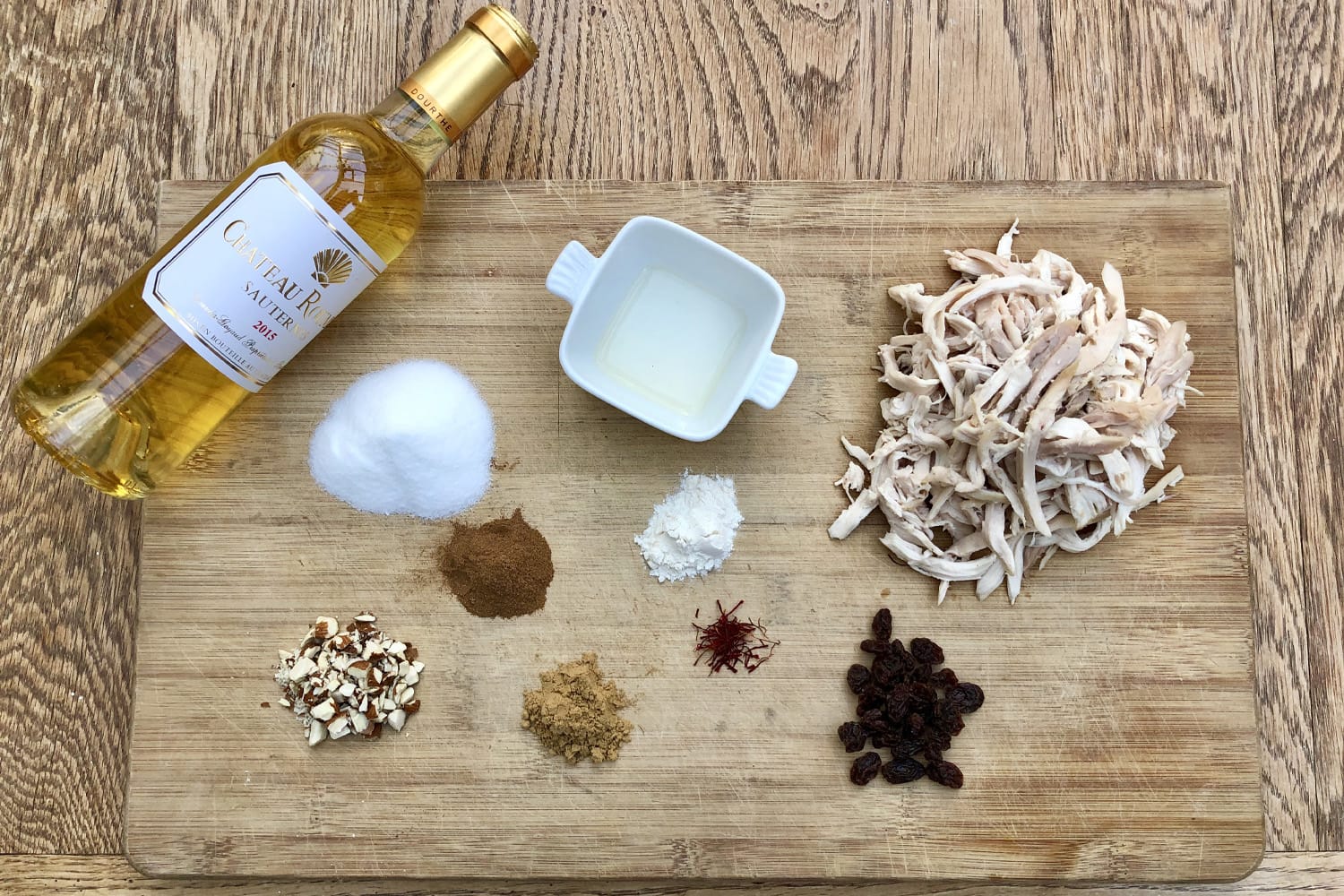What’s the best way to tell area residents about plans for a new asylum shelter nearby?
The government should tell communities directly about plans for new asylum shelters, some activists and politicians say.
Ideas around how food made you feel influenced which ingredients were chosen for medieval recipes. Pick the wrong combo and you might end up inclined to sadness, or bad-tempered.

In medieval times, many believed that different ingredients triggered different “humours” in people. In other words, food was seen as a type of medicine.
The theory was that humours were liquids in the body – blood, phlegm, yellow bile and black bile – which had to be balanced. If they were off kilter, you might become optimistic, bad-tempered, inclined to sadness, or placid.
Some of the history around the origins of the theory is unclear. But it was certainly being written about in Germany around 1300 by physician Konrad von Eichstätt, according to Melissa Weiss Adamson, a leading authority on medieval cuisine and cookery.
Eichstätt wrote of the hot properties of wine, the favoured drink of the upper classes in Germany, and recommended getting drunk once a month to clear the system, with tips on how to get drunk quickly.
With these ideas about humours, healthy eating in medieval times didn’t mean the same thing as it does now. It wasn’t about taste either. What mattered was that the food could balance an individual’s, or household’s humour.
Favoured wisdom was that the food had to be moderately moist and warm. The cook had to choose a suitable cooking method to prepare food, or sauces to counteract a dish that might otherwise be unbalanced.
Cooks, especially those in wealthy households, were often advised by physicians of the ingredients necessary to find and maintain a proper balance. Spices, herbs, sugar, vinegar, and colouring agents might be recommended by these doctors.
Dinners and feasts kicked off with the lighter and more easily digestible foods. Heavier foods would be served next. And delicacies last – perhaps even cheese for those with a weak stomach. All foods were prepared in accordance with popular belief.
This month’s recipe is for mawmene, a rich sweet spiced sauce. It can be made with either chicken or pheasant.
Each of the ingredients would have been chosen because of its presumed effect. Wine was considered to have heat – red wine, a little more than white. Sugar was thought to be hot and moist. Nuts, ginger and cinnamon were hot and dry. Poultry, when prepared properly, was considered to be moderately moist, and to be served moderately warm, all in keeping with the requirements for a balanced humour.
To those reading this, stay safe and well during this unprecedented time. And if you get a chance to try out some of my medieval recipes, I hope you enjoy them.

Ingredients
Method
Shred the cooked chicken into soft fibres and set aside. Place the wine, mixed with the cinnamon and ½ tsp of the ginger into a saucepan. Bring to the boil, then strain the liquid into a clean pan.
Stir in the remaining ingredients, apart from the shredded chicken and vinegar. Bring to the boil, stirring as the mixture heats. Reduce to a simmer and add the chicken and vinegar. Place the mawmene into a dish and press down on the surface with a plate or saucer to flatten it. Serve warm.
Get our latest headlines in one of them, and recommendations for things to do in Dublin in the other.